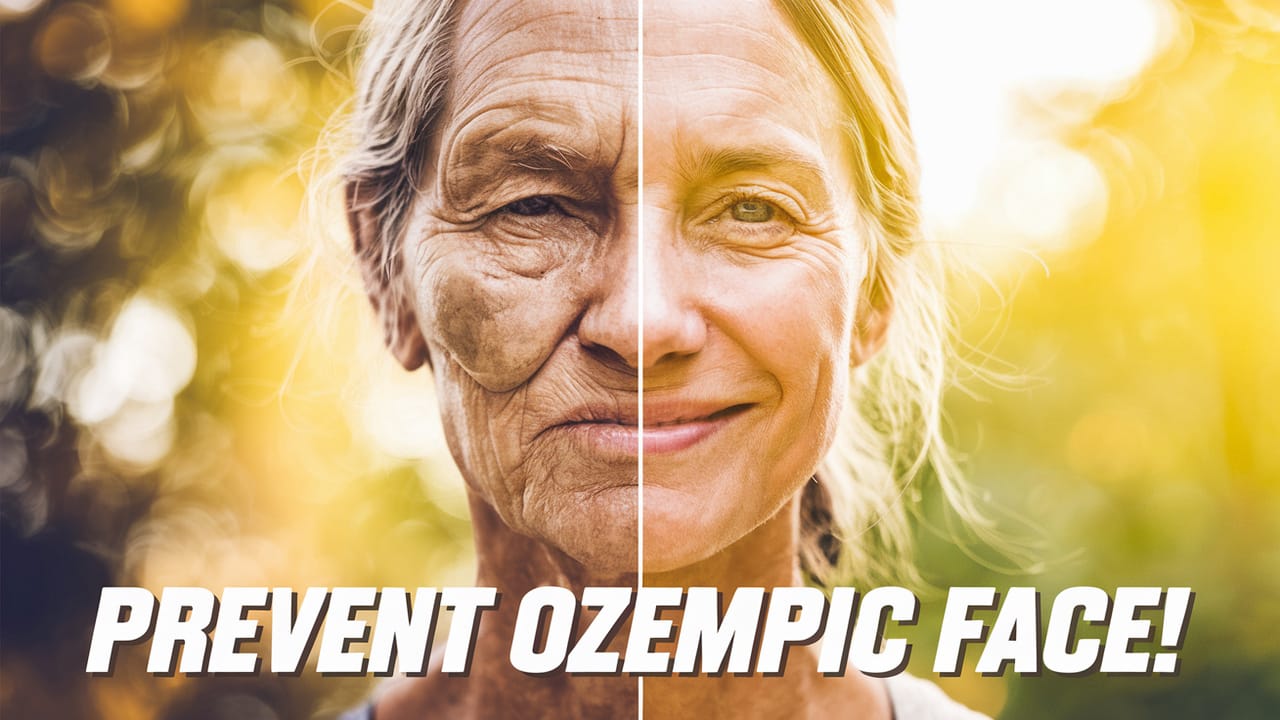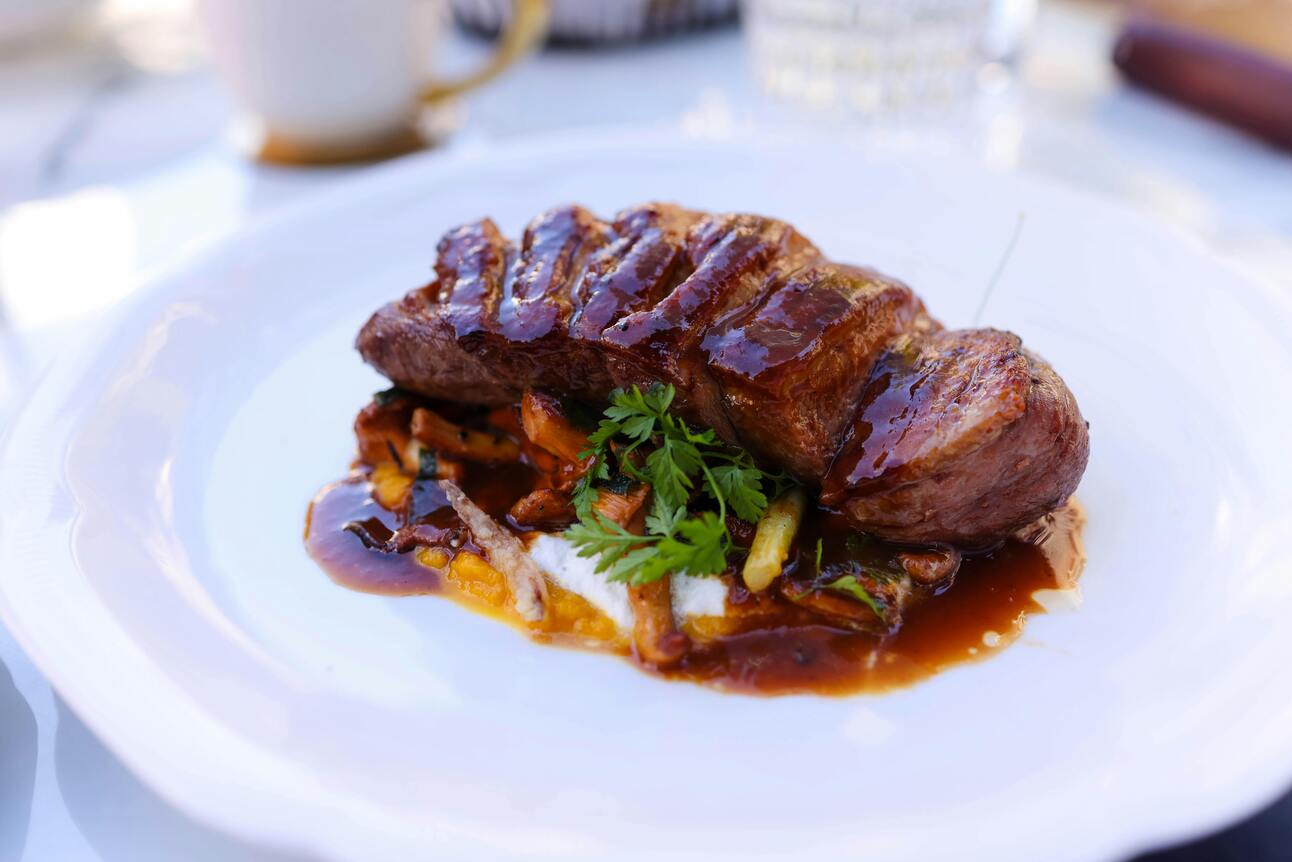- The Weekly Dose
- Posts
- Nutrition & Protein Prioritization: Preventing ‘Ozempic Face’
Nutrition & Protein Prioritization: Preventing ‘Ozempic Face’

Why Appetite Suppression Makes Food Choices More Important Than Ever
GLP-1 medications like Ozempic and Mounjaro curb hunger, making weight loss easier. But eating less also means that every bite matters more. Without careful food choices, muscle loss, nutrient deficiencies, and fatigue can creep in.
Since your appetite no longer drives you to eat enough protein and nutrients naturally, a strategic approach is key. Prioritizing muscle-preserving protein, fiber-rich foods, and essential vitamins ensures you lose fat—not strength or vitality.
Why ‘Ozempic Face’ Happens & How to Prevent It
Losing weight quickly can sometimes result in "Ozempic Face"—loose, sagging skin due to a loss of fat and muscle. While fat loss is inevitable, muscle preservation is within your control.
Here’s how to maintain a youthful look:
✔ Eat enough protein to prevent muscle loss.
✔ Support skin elasticity with collagen, healthy fats, and hydration.
✔ Incorporate resistance training to retain lean mass.
By prioritizing protein and skin-supporting nutrients, you can lose weight without looking gaunt.
Protein First: The Simple Rule for Every Meal
Protein is non-negotiable when on GLP-1s. It’s the key to:
Preserving muscle while losing fat
Keeping you full longer
Supporting metabolism

A "protein-first" mindset ensures your body gets what it needs before filling up on less essential foods.
Easy High-Protein Meals & Snacks
Scrambled eggs with cottage cheese
Greek yogurt with almonds
Grilled chicken with avocado salad
Tuna with whole grain crackers
Hard-boiled eggs with a handful of nuts
Even when eating less, prioritizing protein-rich meals will keep you strong and satisfied.
The Best Protein Sources for Muscle Retention
For effective muscle preservation, focus on high-quality, complete proteins like:
Lean meats: Chicken, turkey, beef, salmon
Dairy: Greek yogurt, cottage cheese
Plant-based: Tofu, tempeh, lentils
Supplements: Whey, casein, collagen
Eating a mix of these ensures optimal muscle maintenance during weight loss.
How Much Protein Do You Need? (Practical Breakdown)
A simple rule: 0.75–1 grams of protein per pound of goal body weight.
Example: If you want to weigh 180 lbs and aim to retain muscle, 135–180g of protein daily is ideal.
To hit this goal, break it down:
✅ 4 oz chicken breast → 35g
✅ 1 cup Greek yogurt → 20g
✅ 1 scoop whey protein → 25g
Eating protein at each meal makes it easier to reach your daily target.
How to Get Enough Nutrients When Eating Less
When appetite is suppressed, nutrient-dense foods are essential.
Maximize nutrition by:
✔ Eating whole foods (lean proteins, veggies, healthy fats)
✔ Choosing high-volume, low-calorie foods (zucchini, spinach, berries)
✔ Prioritizing fiber (chia seeds, psyllium husk) to aid digestion
With fewer meals, each one must deliver essential vitamins, minerals, and fiber.
Supplements That Help: Protein, Fiber & Collagen
Whole foods should come first, but supplements can fill gaps:
💪 Protein powder for easy protein intake
✨ Collagen peptides for skin and joint health
🌿 Fiber supplements to support digestion
💧 Electrolytes to maintain hydration
These enhance results while keeping your body well-nourished.
Protein, Collagen & Meal Prep Tools
For high-quality protein, collagen, and meal prep tools, check out my recommendations:
Having the right products makes staying on track effortless.
Maximize Your GLP-1 Results
Want more guidance? 📩 Subscribe to our newsletter to get our 5 Essential Tips for GLP-1 Success, covering everything from nutrition to exercise to long-term sustainability. Let’s make your weight loss journey stronger and healthier!